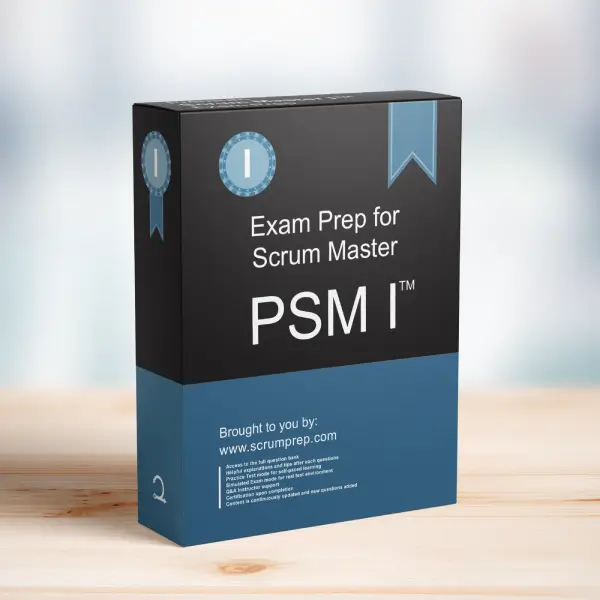Understanding Cross-Functional Scrum Teams: Key Indicators
In Scrum, having a cross-functional team is essential to ensure that the team can deliver a complete Increment at the end of each Sprint. Here’s an analysis of an exam question related to identifying cross-functional teams:
Exam Question
How do you know that a Scrum Team is cross-functional? (choose the best answer)
- A. Every member of the Scrum Team is able to perform every task.
- B. The Scrum Team has all the skills to create an Increment by the end of every Sprint.
- C. There are no conflicts within the Scrum Team.
- D. A few of the Developers pair program and do Test-Driven Development.
Correct Answer
B. The Scrum Team has all the skills to create an Increment by the end of every Sprint.
Explanation
Why B is Correct
A cross-functional Scrum Team possesses all the skills necessary to create a potentially shippable product Increment by the end of every Sprint. This means that the team includes members with various expertise such as development, testing, design, and other relevant skills required to complete the work.
Key Characteristics of Cross-Functional Teams:
- Versatility: The team collectively has a wide range of skills, although individual members may specialize in specific areas.
- Collaboration: Team members work together, leveraging their diverse skills to tackle different aspects of the project.
- Self-Sufficiency: The team does not rely on external resources to complete their tasks within a Sprint.
Examining the Other Options
A. Every member of the Scrum Team is able to perform every task: This is not a requirement for a Scrum Team to be cross-functional. While having versatile team members is beneficial, it’s more important that the team as a whole possesses the necessary skills.
C. There are no conflicts within the Scrum Team: While a healthy team dynamic is crucial, the absence of conflicts does not determine cross-functionality. Teams can be cross-functional and still experience and manage conflicts effectively.
D. A few of the Developers pair program and do Test-Driven Development: These practices can enhance collaboration and code quality but do not alone indicate that a team is cross-functional. Cross-functionality is about having the complete skill set needed to deliver a product Increment.
Roles and Responsibilities in Scrum
- Developers: Work on all tasks required to create a product Increment, from coding and testing to designing and integrating.
- Scrum Master: Facilitates the Scrum process, helps remove impediments, and ensures the team follows Scrum principles.
- Product Owner: Maximizes the value of the product by managing the Product Backlog and ensuring the team focuses on the most valuable tasks.
Relevance to the PSM I Exam
Understanding what makes a Scrum Team cross-functional is vital for the PSM I exam. This knowledge helps candidates recognize the importance of a team having all necessary skills to deliver a complete product Increment, which is fundamental to the success of Scrum projects.
Conclusion
A cross-functional team is a cornerstone of Scrum, ensuring that all necessary skills are available within the team to deliver a potentially shippable product Increment at the end of each Sprint. By fostering versatility, collaboration, and self-sufficiency, Scrum Teams can effectively meet their goals and deliver value to stakeholders.
For comprehensive preparation and practice exams, check out PSM I Exam Prep to enhance your understanding and application of Scrum principles.




